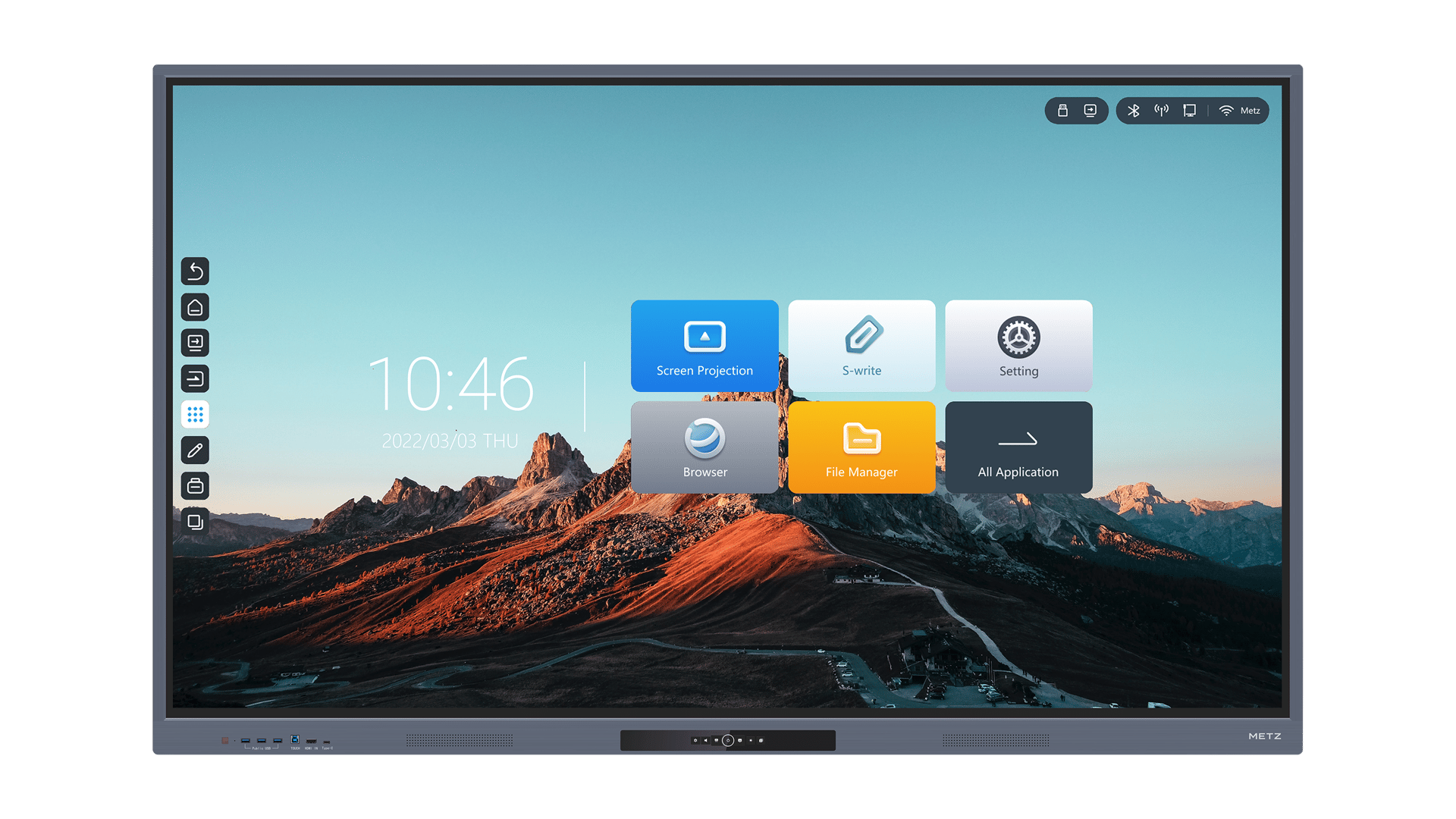
phage display protein interaction
What is Phage Display Protein Interaction?
Phage display protein interaction is a cutting-edge technology used in the field of protein research. It allows scientists to study and understand the interactions between proteins in a highly controlled and efficient manner. By using phage display, researchers can identify and isolate specific protein-protein interactions, which play crucial roles in various biological processes. This innovative technique has revolutionized the study of protein-protein interactions, providing valuable insights into disease mechanisms, drug discovery, and protein engineering.
How Does Phage Display Protein Interaction Work?
Phage display protein interaction works by genetically engineering bacteriophages, which are viruses that infect bacteria, to display specific proteins on their surface. These displayed proteins act as bait, allowing them to interact with target proteins of interest. By introducing a library of bacteriophages displaying different proteins, researchers can screen and identify the interactions between the displayed proteins and the target proteins. This technique enables the selection and isolation of phages that bind to the desired target proteins, providing a powerful tool for studying protein-protein interactions.
Applications of Phage Display Protein Interaction
Phage display protein interaction has a wide range of applications in various fields of research. It is extensively used in drug discovery, as it allows for the identification of proteins that can be targeted by therapeutic drugs. By studying protein-protein interactions, researchers can develop drugs that disrupt or modulate specific protein interactions involved in disease pathways. Additionally, phage display protein interaction is valuable in the field of protein engineering, enabling the design and development of novel proteins with desired functionalities. This technology also aids in understanding the mechanisms of infectious diseases, immune responses, and cell signaling pathways.
Advantages of Phage Display Protein Interaction
Phage display protein interaction offers several advantages over other protein interaction analysis methods. Firstly, it allows for the screening of large libraries of proteins, providing a comprehensive view of potential interactions. This high-throughput capability accelerates the discovery of protein-protein interactions. Secondly, phage display is versatile, as it can be applied to study interactions between different types of proteins, such as antibodies, enzymes, and receptors. Moreover, this technique enables the identification of weak or transient interactions, which are often challenging to detect using other methods. Lastly, phage display protein interaction is cost-effective and relatively simple to perform, making it accessible to a wide range of researchers.
Challenges in Phage Display Protein Interaction
While phage display protein interaction is a powerful tool, it also comes with certain challenges. One of the main challenges is the optimization of the selection process to ensure the enrichment of phages binding to the desired target proteins. This requires careful design of the experimental conditions and the library of displayed proteins. Additionally, the identification and characterization of the specific protein-protein interactions discovered through phage display can be complex and time-consuming. However, advancements in computational biology and bioinformatics have greatly facilitated the analysis and interpretation of the obtained data, overcoming some of these challenges.
Future Developments in Phage Display Protein Interaction
As technology continues to advance, so does the potential of phage display protein interaction. Future developments in this field include the integration of other techniques, such as next-generation sequencing and mass spectrometry, to enhance the accuracy and sensitivity of protein interaction analysis. Additionally, the use of advanced bioinformatics tools and machine learning algorithms will further facilitate the interpretation of complex protein-protein interaction data. Furthermore, ongoing research aims to expand the scope of phage display protein interaction to study interactions involving membrane proteins, which are challenging to analyze using current methods.
Commercial Availability of Phage Display Protein Interaction Services
Several companies offer phage display protein interaction services to researchers and industries. These services provide access to state-of-the-art phage display technology and expertise, allowing customers to efficiently investigate protein-protein interactions. The companies typically offer a range of services, including library construction, screening, and characterization of protein interactions. Additionally, they may provide customized solutions tailored to specific research needs. By utilizing these commercial services, researchers can save time and resources while benefiting from the latest advancements in phage display technology.
Ethical Considerations in Phage Display Protein Interaction
When conducting phage display protein interaction studies, it is essential to consider ethical aspects. This technology involves the use of genetically modified organisms, such as bacteriophages, which raises concerns regarding environmental impact and safety. Researchers must adhere to strict regulations and guidelines to ensure the responsible and ethical use of phage display. Additionally, the use of human-derived proteins in phage display can raise ethical considerations related to consent and privacy. It is crucial for researchers to prioritize ethical principles and engage in transparent communication regarding the use of phage display in protein interaction studies.
Collaborative Research in Phage Display Protein Interaction
Phage display protein interaction research often involves collaboration between multiple research groups and institutions. Collaborative efforts allow for the pooling of expertise, resources, and data, leading to more comprehensive and impactful research outcomes. Through collaboration, researchers can tackle complex scientific questions, share knowledge and techniques, and validate findings across different experimental setups. Collaborative research in phage display protein interaction plays a vital role in advancing the understanding of protein-protein interactions and their implications in various fields of study.
Conclusion
Phage display protein interaction is a powerful technology that enables the study of protein-protein interactions with great precision and efficiency. It has numerous applications in drug discovery, protein engineering, and understanding biological processes. While it presents certain challenges, ongoing advancements and collaborations are driving the field forward. By utilizing commercial services and adhering to ethical considerations, researchers can harness the full potential of phage display protein interaction to unravel the complexities of protein interactions and contribute to scientific advancements.





